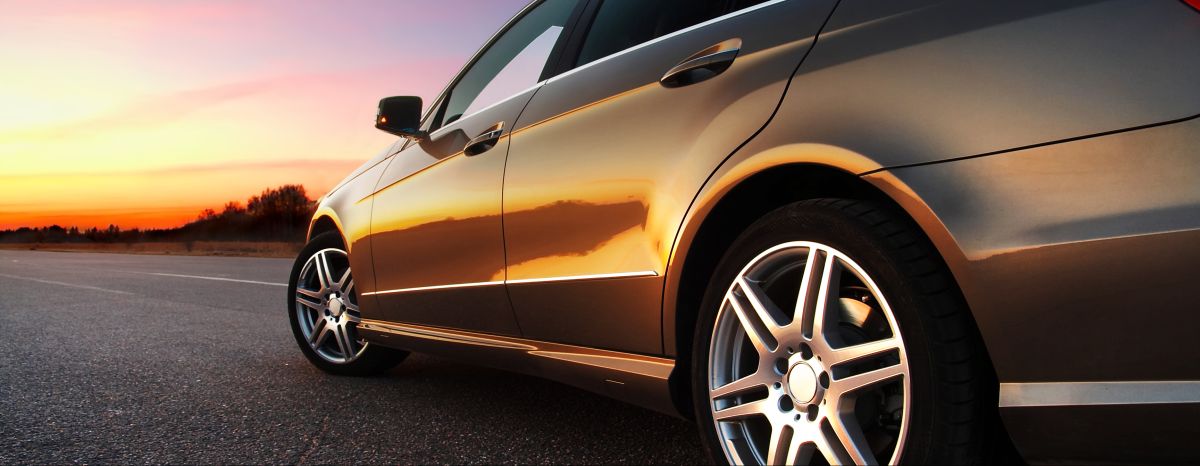Compatibility
Similar to natural gas, LPG forms easily a homogenous mixture with air. This combined with the relatively simple chemical structure of LPG, it burns cleanly and is well-suited for spark-ignition engines. For compression ignition (diesel) engines, LPG is not suitable as the sole fuel.
LPG vehicles are available as OEM vehicles and as retrofit vehicles. Generally OEM vehicles perform better than retrofit vehicles. LPG is used mostly in bi-fuel vehicles, which start on gasoline. Spark ignition engines using gasoline can be converted to LPG or bi-fuel engines quite easily by changing the fuel system or adding a parallel fuel system for LPG. Liquid or gaseous LPG is sequentially injected in the inlet ports of an engine. The LPG-kit can be implemented in nearly all petrol cars. The advanced LPG vehicles have lambda control, which enables good catalyst performance. (Verbeek et al. 2008).
In spark ignition engines, similar compression ratios are typically used with LPG as with gasoline, even though the octane number of LPG (112 for propane, 94 for butane) is higher than that of gasoline. This is due to the fact that the combustion temperature is higher when LPG is used and this lowers the knock limit especially at high engine loads. Exceptions to this are the engines in which LPG is injected in liquid form. In bi-fuel cars, the upper limit for compression ratio is restricted by gasoline. Efficiency of LPG engines is similar to gasoline engines.
When diesel engines, typically used in buses and trucks, are converted to LPG use, spark-ignition must be added. In addition, compression ratio must be reduced, combustion chamber must be reshaped and, of course, the whole fuel system must be replaced. It is, however, also possible to use LPG in diesel engines as an auxiliary fuel similar to methane. In so called gas-diesels, diesel is needed as ignition fuel and gas can be the main fuel. Gas-diesel engines work on the diesel process and energy efficiency is good. Dual fuel gas-diesel is more complicated and more difficult to control on transient operation than spark ignited gas engines.


